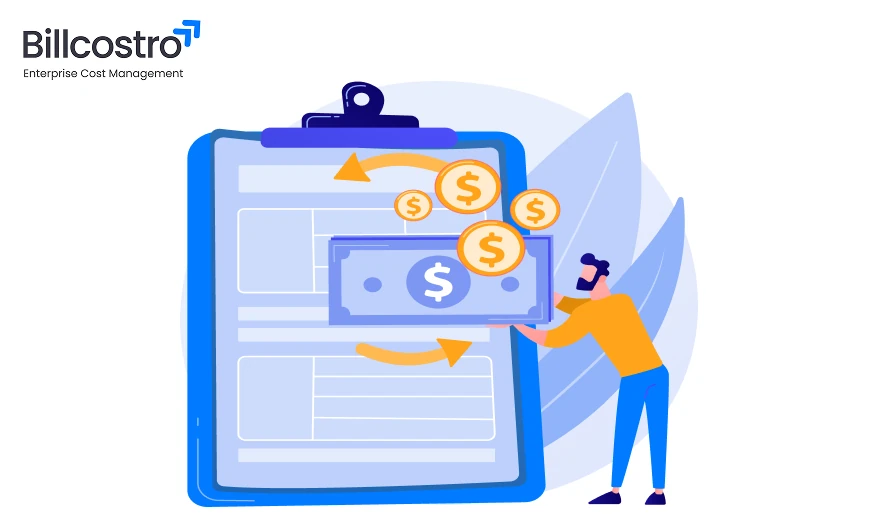
June 19, 2025, 3:53 p.m.

Understanding the correlation between expenses and revenue is of utmost importance to any business, and particularly for Small and Medium Enterprises (SMEs). The ratio of expense-to-revenue is said to be healthy when it signifies that the organisation is efficient in its operations and also determines whether the company is making a sustainable profit or not, thus not bleeding money unknowingly.
Nowadays, in the world of fierce competition and a factor-driven economy, Indian SMEs have to focus on their financial health. The process starts by measuring the expense-to-revenue ratio. It is the financial measurement that gives us a better understanding of the company's performance, that is, the success in managing its expenses in accordance with the earnings.
The expense-to-revenue ratio tells what percentage of a company's revenue is utilised to cover its operational expenses. It is calculated using the formula:
Expense-to-Revenue Ratio = (Total Expenses / Total Revenue) × 100
If your revenue is ₹1 crore and your expenses are ₹70 lakhs, your expense-to-revenue ratio is:
(70,00,000 / 1,00,00,000) × 100 = 70%
This means you're spending 70% of your earnings to keep your business running.
Several Indian SMEs are surviving on a small profit. A small change in the costs of the products or the inability of SMEs to achieve revenue targets can cause the business to go bankrupt. Over the years, this ratio has been the best hope of SME owners:
Prepare for scale without financial stress
It's possible, thoug,h that if this circumstance is a frequent one or even the numbers are above 90,% you are close to a point. This could be a sign of the financial burdens and insufficient funds for further investments or emergencies in your business.
There's no universal golden number, but general benchmarks can be applied depending on your industry:
Industry | Ideal Expense-to-Revenue Ratio |
| Retail & E-commerce | 85% or lower |
| Manufacturing | 75–80% |
| Services (IT, Consulting) | 60–70% |
| Hospitality | 70–80% |
| Education/Training | 65–75% |
A smaller ratio implies an increase in profit margins. If we take, for example, a 60% ratio, it means 40% of the total income will still be available as the profit (before taxes and other deductions). A large ratio is a sign of the fact that a great part of the income is spent on the operation, which means only the small amount remained for the future projects.
A surge of the expense-to-revenue ratio over a period of time may be indicative of a problem before it is apparent. It could point out:
Prioritize the fact that the majorities of small and medium-sized enterprises are governed mostly by spreadsheets or a whole range of separate and disconnected tools for the plan and control of these businesses. These traditional methods are fault-ridden and difficult to keep up with real-time data of a company's financial situation.
When there is no deliberate effort to monitor the expenses of the organization:
This is where smart spend management platforms
According to the official data, the sector of small and medium-sized businesses in India has substantial growth—with more than 63 million registered companies accounting for almost 30% of the country's GDP. But with this tremendous opportunity, enterprises encounter the task of scaling in a sustainable way. A lot of SMEs are in the habit of developing their business first without building efficient cost governance framework.
As a result this brings:
If you're struggling to monitor where your money goes each month, it’s time to explore smarter tools.
Billcostro is a cost management platform built specifically for Indian startups and SMEs. It helps finance teams:
Get real-time visibility into all company expenses.
Dashboard screenshot
Dashboard screenshot
Dashboard screenshot
Dashboard screenshot
Link cost centres with revenue units for better planning.
Having a healthy expense-to-revenue ratio is quite similar to checking your business's alive. This indicates your growth if it is stable or not. Early on in the control of costs, Indian SMEs have higher profit margins, investor confidence is on steroids, and they are more resilient to economic slumps.
Cut back on your calendar and expenses. Do not let go of your plans for financial planning while waiting for funding or a cost spiral.
Book a free demo and see how interactive benchmarking can transform your financial planning.